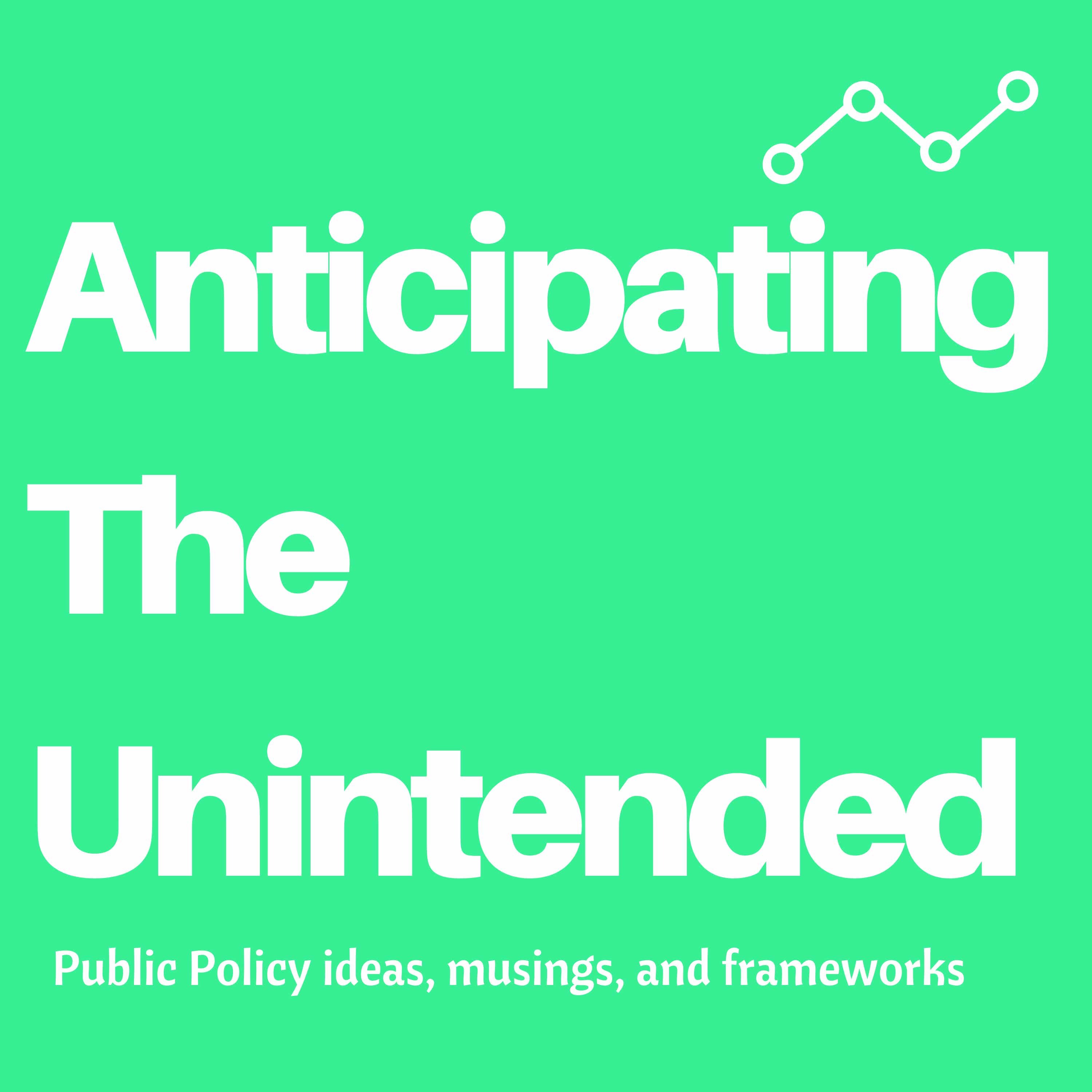#211 Of Motives and Presumptions
Description
India Policy Watch #1: Silly Season Is Upon Us
Insights on issues relevant to India
— RSJ
Late on Friday this week, the RBI issued a circular withdrawing the circulation of ₹2000 denomination banknotes. The RBI clarified that these notes would continue to serve as legal tender, so this isn’t another demonetisation. Here’s the Indian Express reporting:
THE RESERVE Bank of India (RBI) Friday announced the withdrawal of its highest value currency note, Rs 2,000, from circulation, adding that the notes will continue to be legal tender. It said the existing Rs 2,000 notes can be deposited or exchanged in banks until September 30, but set a limit of “Rs 20,000 at a time”.
“In order to ensure operational convenience and to avoid disruption of regular activities of bank branches, exchange of Rs 2,000 banknotes can be made up to a limit of Rs 20,000 at a time, at any bank starting from May 23,” it said.
“To complete the exercise in a time-bound manner and to provide adequate time to the members of the public, all banks shall provide deposit and/ or exchange facility for Rs 2,000 banknotes until September 30, 2023,” the RBI said.
The RBI circular and the press note also attempt to make a convincing, logical case for this decision. There appear to be three reasons for doing this.
Thanks for reading Anticipating the Unintended! Subscribe for free to receive new posts and support my work.
One, the ₹2000 denomination notes seem to have served their useful purpose. They were introduced in November 2016 when the legal tender status of existing ₹500 and ₹1000 banknotes in circulation were withdrawn. Looking back, it appears these were introduced to help re-monetise the economy really quickly, which was under the stress of not having adequate new legal tender banknotes. According to the RBI, after this task of re-monetising was completed, the printing of new ₹2000 banknotes was stopped in 2018-19. Therefore, after 5 years of not printing any new notes, this looks like the right time to take them out of circulation completely.
Two, since most of the ₹2000 denomination notes were issued prior to 2017, they have apparently completed the typical lifespan of a banknote which is between 4-5 years. In an ideal system, most of these old notes should have come back to the RBI by now. Further, these notes are not seen to be used for transactions anymore. They seem to be just sitting somewhere out there. So, in pursuance of the ‘clean note policy’, the best course of action is to withdraw them from circulation.
Lastly, there was also an allusion to the ₹2000 notes being often found by various investigative agencies in their haul of black money or frauds. So, somewhere there is a view that withdrawing these notes would smoke these fraudsters out, who are sitting on piles of this unaccounted-for cash.
Now, as students of public policy, we must assess this measure based on its intended objectives, the likely costs of doing it and the unintended consequences that are likely to arise. The first reason—that the ₹2000 banknotes have served their purpose, so it is time we take them out—can be scrutinised further.
I don’t think it was made clear when they were introduced back in November 2016 that the only reason for doing it was to re-monetise the economy quickly. There’s a bit of retrofitting of logic here. Also, the decision to stop printing new ₹2000 notes in 2018-19 has meant the total circulation of these notes has been on a decline. In the last four years, the total value of the ₹2000 notes in circulation has gone down from ₹6.5 trillion (over 30 per cent of notes in circulation by value) to about ₹3.6 trillion (about 10 per cent of total circulation by value). I guess, left to itself, we might have had this number slide to a smaller number, say below, ₹1 trillion in the next 3 years. The same point is relevant for the ‘clean note policy’ since these notes would have eventually come back if t
More Episodes
Prediction Time
—RSJ
In a year when countries as diverse as India, the United States, the United Kingdom, Russia, Taiwan, Pakistan and Palau go for their elections, it is tempting to go for an overarching theme for the year while looking ahead. Unfortunately, like these aforementioned elections...
Published 01/14/24
Published 01/14/24
Happy New Year
— RSJ
Happy 2024, dear readers!
We hope 2023 was good for all of you. If it wasn’t, we are glad that it’s behind you. We didn’t have too bad a 2023 ourselves. This newsletter went along swimmingly (or so we think) and we had our book ‘Missing in Action: Why You Should Care About...
Published 01/07/24


